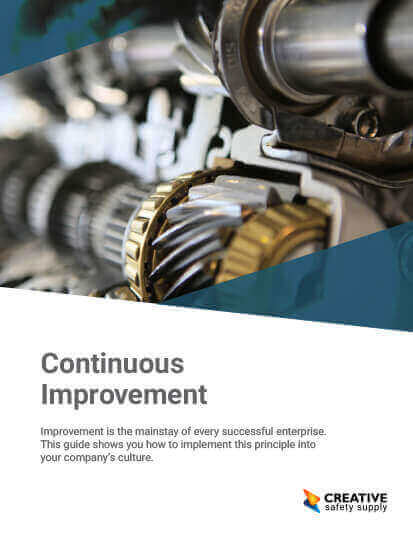
Earned value management, or EVM, is a type of project management that is used for measuring the performance and progress of a project in an objective manner. By looking at the scope, time, and costs of a project this system is able to properly evaluate the value of the work being done. One of the main concepts behind earned value management is that the value of the work being done is going to be equal to the total funds budgeted to complete it.
Common EVM Terms
There are a number of key terms and concepts that are used when following the earned value management system. Learning about these concepts will help to run a project properly so that it can be evaluated according to the EVM standards. The key terms and concepts are:
- Planned Value – This is the approved budget that was given for the work that has been scheduled to be completed by a particular date. This is sometimes called the budgeted cost of work scheduled.
- Earned Value – This is the budget for the work that has actually been completed by the established date. This is sometimes called the budgeted cost of work performed.
- Actual Cost – This is the total actual cost for the work that has actually been completed by the date agreed upon. This is sometimes called the actual cost of work performed.
- Schedule Variance – This is the amount between the budgeted costs for the work done and the work that is still planned. It illustrates how much a project is ahead or behind schedule.
- Cost Variance – This is the amount between the budgeted amount and the total amount that was actually spent on the project thus far, which shows whether the project is under or over budget at a given point.
- Schedule Performance Index – This is shown in a ratio that is of the approved budget for work that has been completed vs the approved budget for the work that is still planned.
- Cost Performance Index – This is the ratio between the budget given for the work that has already been performed and the amount already spent for that work.
Using the earned value management concepts, it is possible to keep a good understanding of how any project is progressing. When done properly it can help to guide the project along and keep it at or under budget, while still finishing on time or early. This is especially beneficial on larger-scale projects.
Similar Questions
- How is Continuous Improvement related to Kaizen?
- What is a Continuous Improvement Manager?
- What does Continuous Improvement and Innovation mean?
- What is the DMAIC Cycle? A Comprehensive Guide
- What does Quality really mean?
- How do Continuous Improvement and Lean Increase Efficiency?
- What is a Continuous Improvement Engineer?
- How does Critical Thinking relate to Skill Development?
- What is Socratic Questioning?

